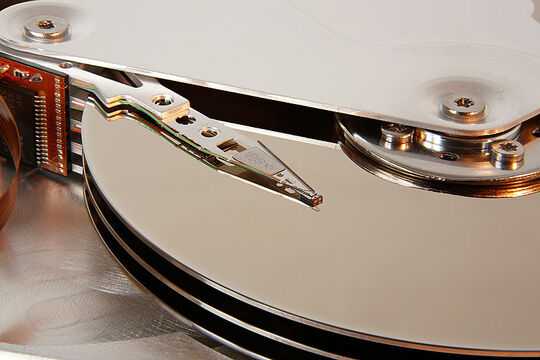0
I have a 1TB hard disk, and it has three platters.
If I make three partition on each platter (where partitions C:, F:, and I: will be on the starting part of each platter) and I install as follows:
- OS and some software on C:
- Games on F:
- Various other graphics software on I:
will this improve starting time of OS, games and graphics software because each platter has their own r/w head?
Am I right or do hard disks work in different manner?

@skub late reply, but no - the 32GB switch was for a limitation of many BIOSes of the day - they couldn't handle bigger disks. I had one of those, the computer would simply hang during POST unless the 32GB limit jumper was in place. – jaymmer - Reinstate Monica – 2016-05-18T11:16:37.283
Is this the point of that 32GB 'switch' drives used to have back in the day? – skub – 2011-03-25T01:46:10.580